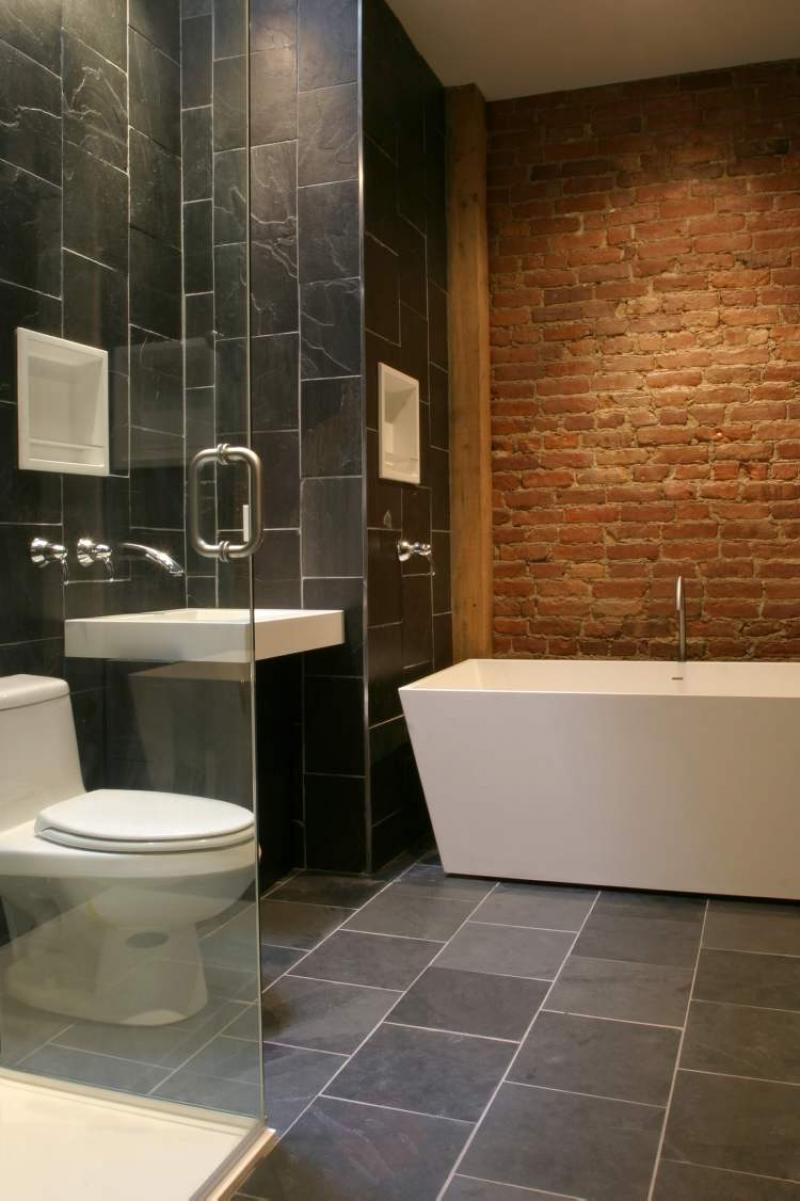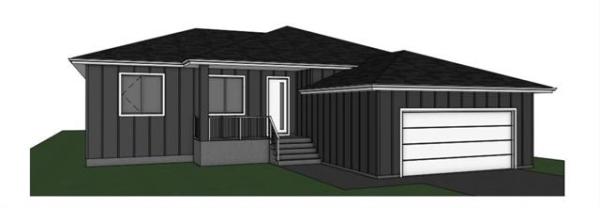
QUESTION: I read your column regularly and find it very helpful. Some time ago, you gave a solution to get rid of the little flies that seem to take up residence in house plants. Was it 2 tbsp. per litre of water of rubbing alcohol or hydrogen peroxide? The little things are really pesky!
Also, someone asked about removing a heat mark on a wooden table. I have a good friend in the furniture business, and he recommended Brasso. You just rub a small amount on the mark - sometimes more than once, but it works wonderfully! Thank you in advance for your information. Chris, Winnipeg
ANSWER: Thanks for the tip, Chris! Here is the house and garden bite-back recipe for plants: In a 1 gallon milk jug, combine 2 tbsp. dish soap, 1 tbsp. rubbing alcohol, dash of tabasco sauce, 1 tbsp. canola oil and enough water to fill the jug. Pour mixture into a spray bottle and apply as needed.
QUESTION: I purchased several pairs of the same brand of jeans, but they are about one-half-inch longer than I want in length, so rather than getting them hemmed, I would like to try to shrink them. Can you please advise me as to the best method of how to do this? Thank you. Elaine, Grande Pointe, Man.
ANSWER: If the fabric is pre-shrunk, then your laundering technique will not make much difference in the size. Heat is your best bet to shrink jeans. Wash and dry on the highest heat settings.
QUESTION: Three years ago, we built a new master bedroom and ensuite bathroom, which we finished using natural slate tile on the floors, walls and throughout the shower area. I have been able to find very little information on how to safely clean the slate without damaging it. The info that I have found has said to avoid acidic cleaners and to stick with mild household detergent.
I have been using the all-natural eco-friendly laundry soap, but leave most of the disinfection to my steam mop, which does a pretty good job. There are two problems that have arisen: We are starting to get what I assume is calcium or lime buildup on the shower floor and seat (white streaks that won't steam off) and there is a small patch of black mildew in the silicone that seals the shower glass to the slate. Help! Jennifer, Springfield, Man.
ANSWER: Add a small amount of vinegar to the mop water to combat white calcium buildup. While you wouldn't want to use vinegar on a regular basis, it is helpful for cleaning slate once in awhile in order to keep your slate looking shiny and new. Also, make sure to find out if your floor is sealable, because properly sealing your floor will also keep it looking great for years to come.
When it comes to mildew on silicone, use products that are abrasive enough to clean but won't remove the silicone. Make a paste using 3 per cent hydrogen peroxide and borax. Gently scrub the area with an abrasive pad to remove all traces of mildew on the seal.
QUESTION: Once again I'm turning to our go-to person for answers to our household dilemmas! Everyone I know, when a problem comes up, says, "Ask Reena!" I have done that in the past and here I am again.
A few years ago, when I retired from my paying job, my husband and I installed an engineered laminate floor in our kitchen and hallways. The effect is lovely. However, I have been frustrated with the manufacturer of that product since the week after we put it down.
Our local hardware store, who sold us the product, recommended a hardwood floor cleaner that left a huge, streaky mess when I used it to mop the floor. I tried several other products, including clear water, vinegar and water solution, etc.
Although I am healthy, I am also old (going into my 71st year), and having to get down on my hands and knees to wipe one square foot at a time with the warm water and/or vinegar-and-water solution, and then having to dry it immediately to eliminate the water marks and streaks, is getting very tedious. My arthritis would like me to be able to use a wet or damp mop to do this job to avoid many knuckle and knee aches in the week after! Do you have any suggestions? Any ideas would be welcome. Thanks. Val, Winnipeg
ANSWER: I know that floor cleaning and drying is a tedious job, but unless you can find a mop that washes and dries, your best bet is to get down on your hands and knees to clean and dry the floor. However, Norwex sells a great microfibre mop that comes with both a wet and dry Velcro attachment. You may want to check it out. The dry attachment is used to pick up daily dust. If you use a mop such as this, you can wash the floor with the wet mop and dry the floor by attaching a big towel to the bottom of the mop. Vacuuming on a regular basis is also helpful in keeping your floors looking great.
Reena Nerbas is the author of the national bestselling Household Solutions series. Her website is www.householdsolutions.org. You can contact her at Box 429, Blumenort, Man., ROA 0C0.



